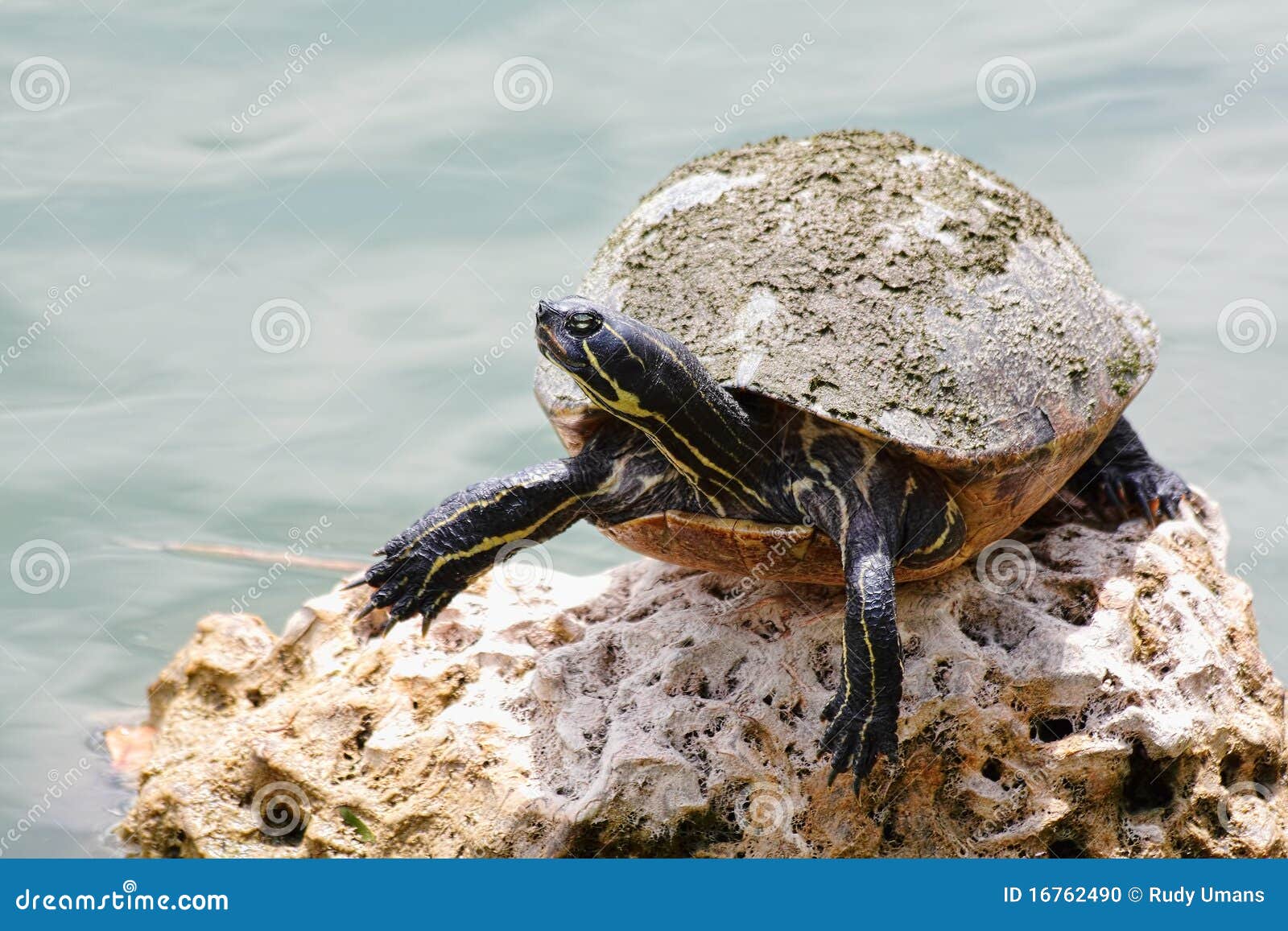
The red-eared slider occurs in a wide variety of aquatic habitats, but it prefers a mud bottom, plenty of aquatic plants, and abundant basking sites. Many of them have limited distributions, which can help with identifications. Other aquatic and semiaquatic relatives include painted turtles, the western chicken turtle, map turtles, and Blanding's turtle. Missouri has several native members of the pond and box turtle family the red-eared slider is one of the most common and widespread in our state. Efforts to remove this slider subspecies are being taken to reduce impacts to native turtles of Missouri. It appears that most of these yellow-bellied sliders were released pets. The plastron is mostly yellow with black spots along the edges. It lacks the red "ear" marking and somewhat resembles the eastern river cooter. scripta), a subspecies that is native to southeastern states but is not native to Missouri, is increasingly being found in Missouri, especially at high public use conservation lands. It is distinguished by a yellow, typically Y-shaped mark behind each eye, and by the lower shell, which is normally yellow it may either lack dark markings completely or have gray-brown markings along the scute seams, especially toward the front. Similar species: The similar-looking eastern river cooter occurs in the southern half of the state. This condition is known as melanism and is associated with old males.
#POND SLIDER SKIN#
Old individuals sometimes have an excess of black pigment that obscures most of the yellow stripes on the shell and skin and the red stripe behind the eye. A wide red or orange stripe is present on each side of the head behind the eye. The exposed skin is dark green with narrow black and yellow lines. The plastron (lower shell) is yellow, with each scute (shell scale) normally having a large dark brown or black blotch. The carapace (upper shell) is olive brown with numerous black and yellow lines.
#POND SLIDER PATCH#
Their lifespans range from 20–50 years.The red-eared slider is a medium-sized aquatic turtle with a patch of red on each side of its head. For determining an adult slider's sex, males typically have much longer front claws than adult females, while females usually have shorter, more slender tails than males.

The carapace is oval with a bit of rounding and a central crest with knobs, but these features soften and fade with age, adults being smoother and flatter. Some sliders become almost black with few visible markings. These patterns and colors in the skin and shell fade with age until the carapace is a muted olive green to orange brown or brown and the plastron is a dull yellow or darker. Hatchling and juvenile pond sliders have a greenish upper shell ( carapace), yellow bottom shell (plastron), and green and yellow stripes and markings on their skin. elegans), which is popular in the pet trade and has been introduced to other parts of the world by people releasing it to the wild. Three subspecies are described, the most recognizable of which is the red-eared slider ( T. The pond slider ( Trachemys scripta) is a species of common, medium-sized, semiaquatic turtle. Subspecies range map in the United States.


 0 kommentar(er)
0 kommentar(er)
